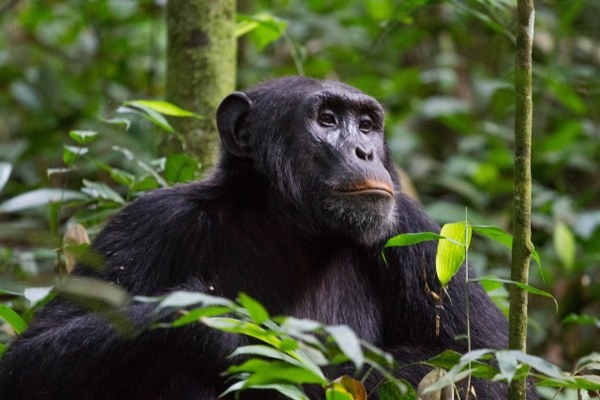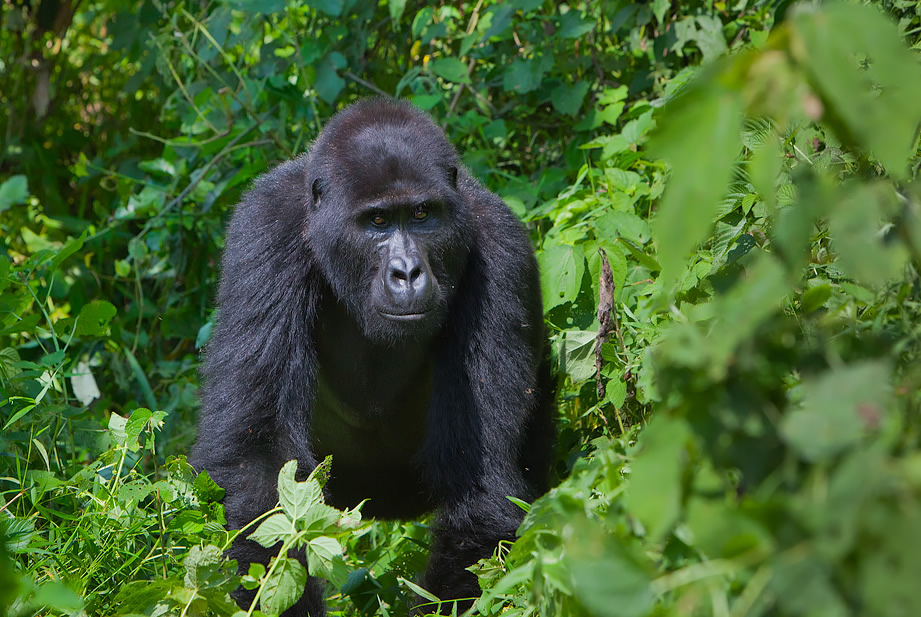Biodiversity In The Albertine Rift Of Rwanda : The Albertine Rift of Rwanda is one of the most biologically diverse places on Earth. The rift stretches for over 800 miles and contains more than 1,000 plant species. The area also contains a high concentration of endemic species, meaning it is one of the few places in the world where a specific type of plant or animal is found only there and not anywhere else on the planet. According to a recent survey, about 24% of the plant species found in the area are endemic to the Albertine Rift of Rwanda. In the past century, humans have caused massive changes to the land and the environment in the Albertine Rift of Rwanda. However, in recent years, there has been a concerted effort by conservationists and locals to protect the region’s biodiversity from further damage and preserve its unique ecosystems for future generations.

Over 500 species of birds have been recorded in Rwanda’s Albertine Rift, including a number of rare and vulnerable species. One of the best-known birds in the region is the Grauer’s Rush Warbler, which is critically endangered. Another critically endangered bird that can be found in Rwanda’s Albertine Rift is the Long-tailed Cisticola. Other endangered bird species that can be found in the Albertine Rift include the Blue-breasted Bee-eater and the Taita Thrush.
The rarest of these birds is the Congo bay owl. This bird was first collected in 1952 and has been rarely spotted ever since, however its presence is thought to be Rwanda’s Nyungwe Forest National Park. Some Albertine Rift endemics share grounded affinities with extinct Asian genera than they do with other living African species, affirming the extraordinary age of these forests, which are thought to have prospered during ancient climatic changes that caused transitory deforestation in lower altitude regions of Rwanda.

Gorillas – Gezi is one of a group of five mountain gorillas that live at the Karisoke Research Center in Volcanoes National Park in Rwanda you will be able to see them on your rwanda safari tour . The group was originally discovered in 1959 by a Belgian expedition led by Dian Fossey. Gezi and his family live in an approximately 22-acre forested area near the edge of the rainforest and the river Mubwi. Gezi has nine children and seven grandchildren who all share his territory with him. Gorillas live in the Albertine Rift of Rwanda and can weigh up to 400 pounds. They eat leaves, shoots, fruit, roots and bark of trees. They also drink a lot of water and eat insect eggs. Gorillas are endangered due to the destruction of their habitat by the human population. In addition, some poachers sell baby gorillas to zoos and collectors as pets. This contributes to the low numbers of these animals in the wild, Biodiversity In The Albertine Rift Of Rwanda
Burundi crested mangabey – These monkeys are found in the rainforests of the Albertine Rift of Rwanda and the Democratic Republic of Congo. They are mainly active during the day and sleep at night. They feed on insects, small mammals, birds and berries. Sometimes, they travel in large social groups of up to 100 members or more and travel long distances in search of food. The members of a group remain together for years and they take care of each other when one of them gets sick.
Be sure to visit this valley of wilderness on your next Rwanda safari!


